



ISP chip and SoC chip
In modern electronic systems, chip types and functions have become increasingly diversified. Among them, ISP (Image Signal Processor) chips and SoC (System on Chip) chips are two architectures that play a critical role in smart terminals, consumer electronics, automotive electronics, and industrial applications. While the two have clear functional divisions, they are also gradually converging under the trend of technological integration. This article will analyze and compare ISP chips and SoC chips in terms of their concepts, functional features, application fields, and development trends.
I. Definition and Characteristics of ISP Chips
An ISP chip is mainly used to process and optimize raw signals output from image sensors. The raw signals captured by CMOS or CCD sensors in camera modules often contain high levels of noise, color distortion, and uneven brightness. The ISP chip, through built-in hardware circuits and algorithm modules, performs tasks such as noise reduction, white balance, color correction, HDR synthesis, and gamma correction, ultimately producing high-quality images or video signals.
Key characteristics include:
- High real-time performance: Processes within milliseconds, meeting the continuous output requirements of video streams.
- High integration: Consolidates multiple image processing algorithms into hardware, enhancing efficiency and lowering power consumption.
- Algorithm programmability: Some ISPs support firmware upgrades or third-party algorithm integration, adapting to diverse imaging requirements.
- Strong specialization: Dedicated to image processing optimization, often serving as the core computing unit of camera modules.
II. Definition and Characteristics of SoC Chips
An SoC chip, or system-on-chip, integrates a processor core (CPU), graphics processing unit (GPU), memory controller, communication modules, peripheral interfaces, and sometimes even an ISP module, into a single chip. It serves as the central component of modern smartphones, tablets, wearable devices, and automotive control units.
Key characteristics include:
- High integration: Combines multiple functions into one chip, significantly reducing system size, power consumption, and cost.
- Multi-tasking capability: Supports operating systems as well as complex tasks like graphics rendering, AI computing, and video decoding.
- Strong scalability: Seamlessly collaborates with external sensors, displays, and storage devices via on-chip buses.
- Wide applicability: Encompasses mobile devices, automotive computing, IoT, and edge computing.
III. Relationship Between ISP Chips and SoC Chips
In practice, ISP chips and SoC chips may exist independently or be integrated within the same system:
- Independent ISP chips: Commonly used in high-end cameras and professional surveillance equipment, providing high performance and low-latency image processing to ensure top-quality imaging.
- SoCs with integrated ISP modules: Widely adopted in smartphones, tablets, and automotive cameras, simplifying system design while saving space and power.
- Complementary roles: Independent ISPs are better suited for scenarios demanding superior image quality and professional features, whereas SoC-integrated ISPs emphasize balance and integration for consumer-grade products.
IV. Comparative Application Scenarios
- ISP chips: Applied in DSLR cameras, surveillance systems, industrial inspection equipment, and medical imaging, where the highest image quality is essential.
- SoC chips: Widely used in smartphones, tablets, smart home devices, automotive infotainment systems, and wearables, serving as versatile "all-in-one" processors.
V. Development Trends
Looking forward, ISP and SoC technologies will evolve toward both integration and differentiation:
- Integration: Incorporating ISP modules within SoCs will remain mainstream, meeting mass-market demand for image processing in consumer electronics.
- Differentiation: Independent ISPs will retain advantages in high-end applications, offering more flexible algorithm support and higher imaging quality.
- AI-driven evolution: Both ISPs and SoCs will increasingly integrate AI accelerators for intelligent functions such as scene recognition, auto-exposure, and facial recognition.
- Low-power and miniaturization: The rise of IoT and wearable devices is pushing SoCs and ISPs toward lower power consumption and higher levels of integration.
VI. Conclusion
ISP chips and SoC chips are two critical types of core components in modern electronic devices. ISP chips specialize in image signal processing, ensuring image quality, while SoCs provide comprehensive computational and control functions through high integration. In practical applications, they are not opposites but rather complementary. With the widespread adoption of AI and smart applications, the integration of ISP and SoC will continue to deepen, while each will retain unique value in professional fields, jointly driving progress across the electronics industry.

Please contact us if the source is mislabeled or violates your legal rights.
We will promptly correct and delete, thank you.
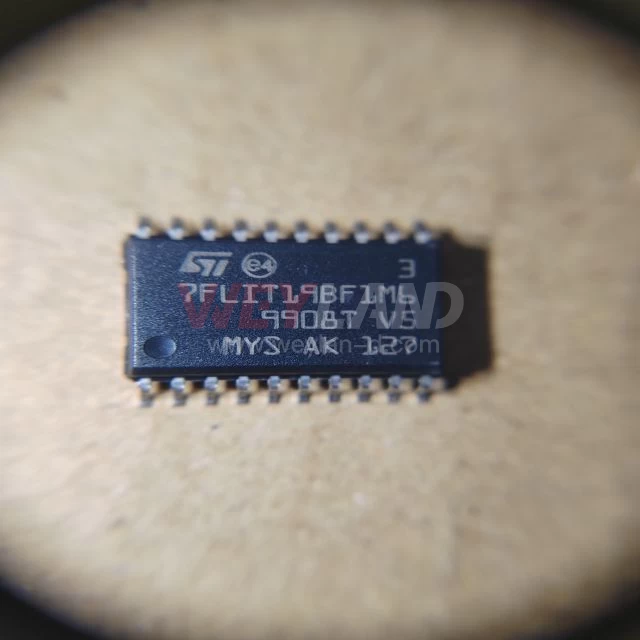
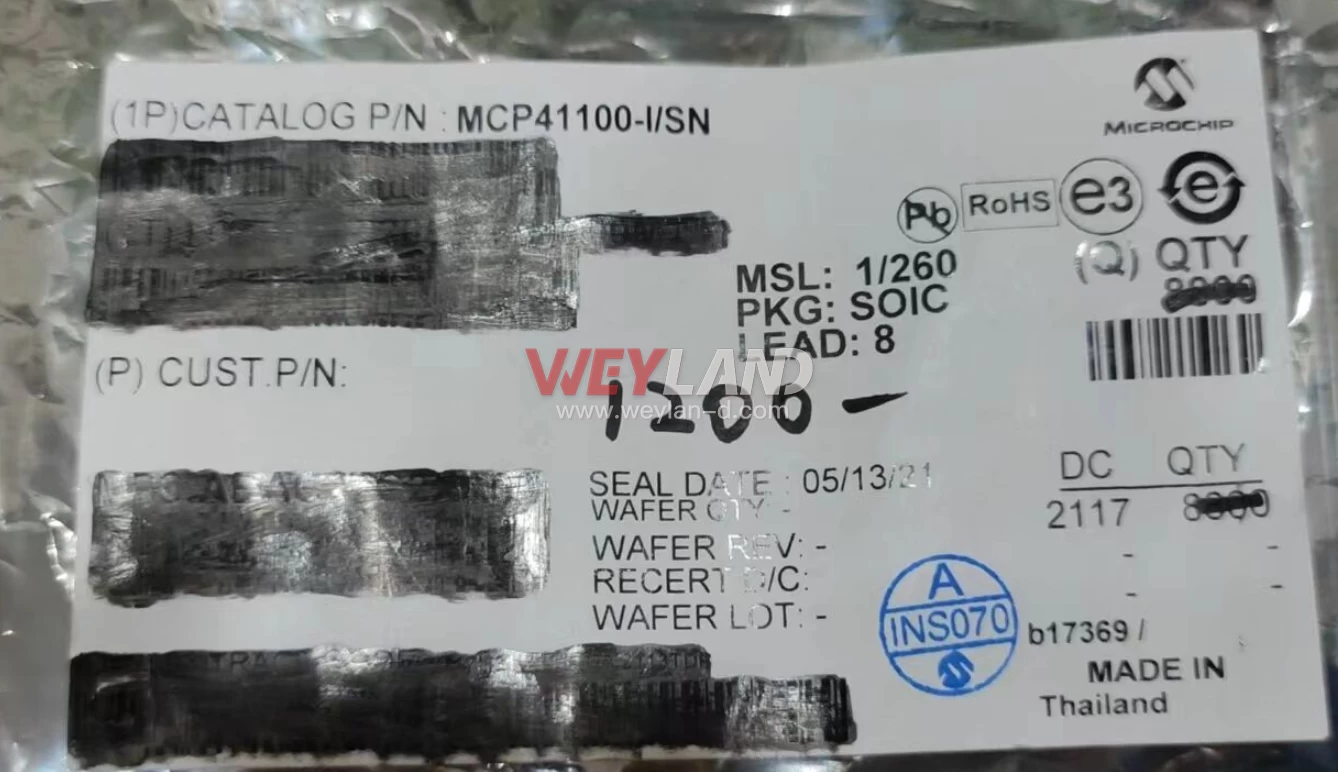
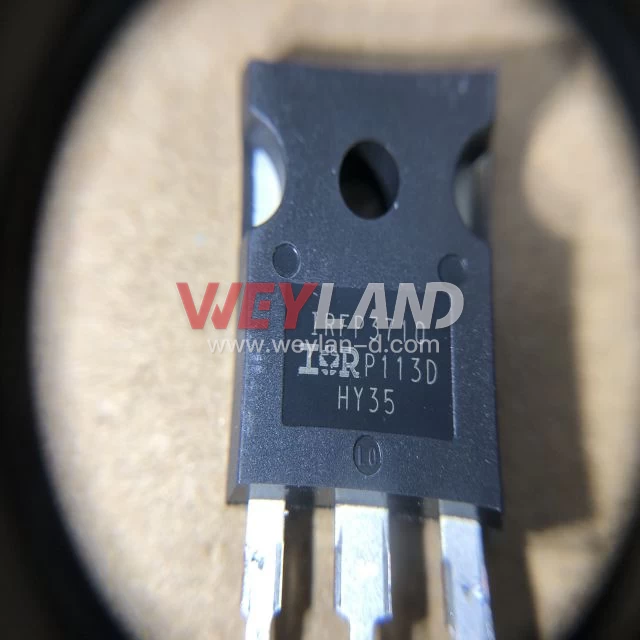
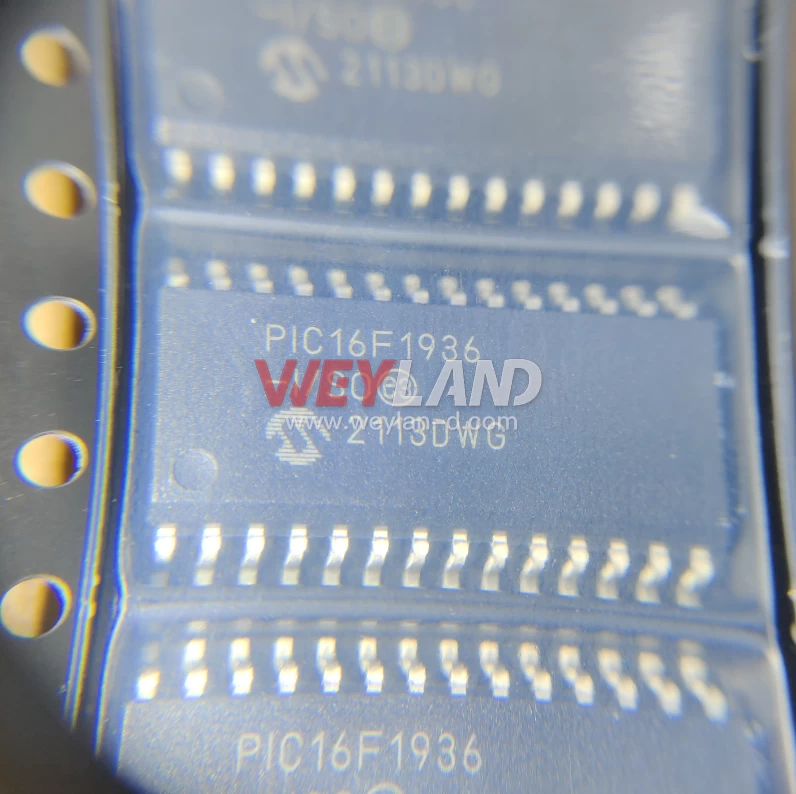

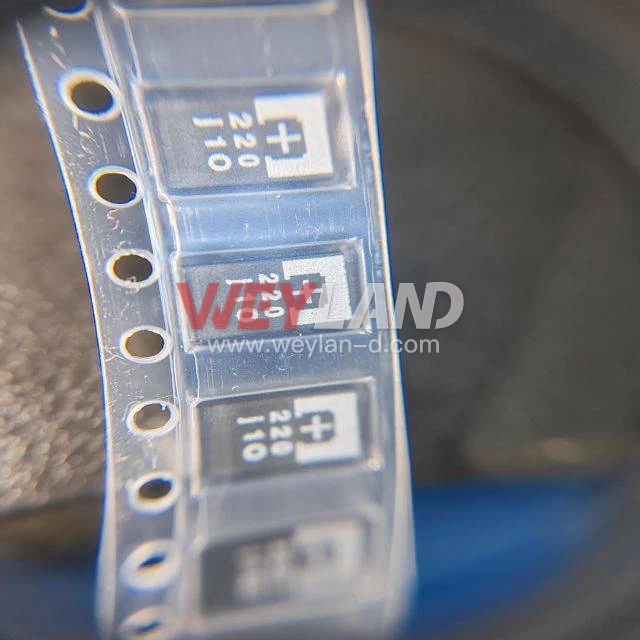
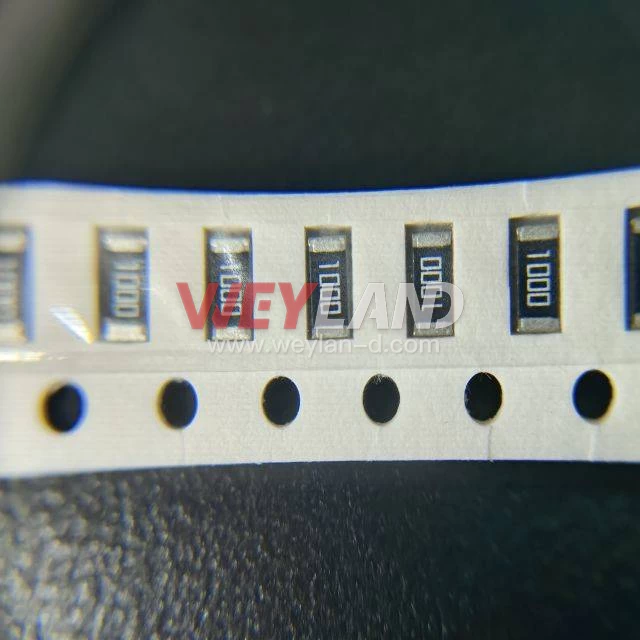
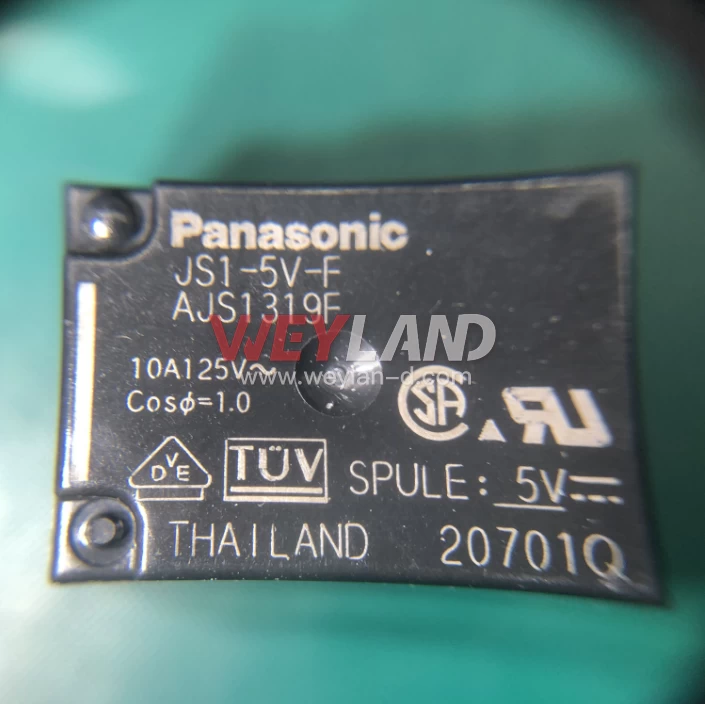
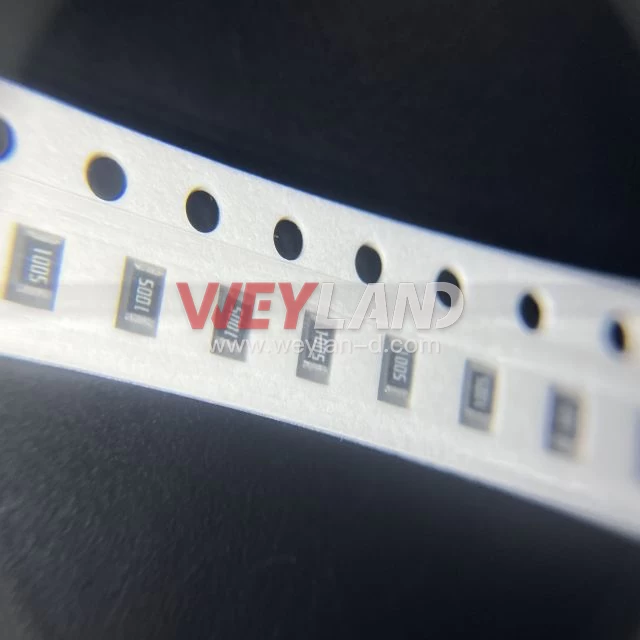
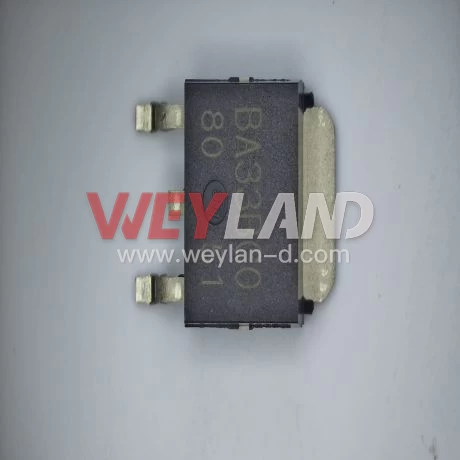
.9246509.png)












[email protected]
7500A BEACH ROAD #04-307 THE PLAZA SINGAPORE (199591)
RM 705.7/F.FA YUEN COMM BLDGNO.75-77.FA YUEN STREET.MONGKOK.KLN.HONG KONG
